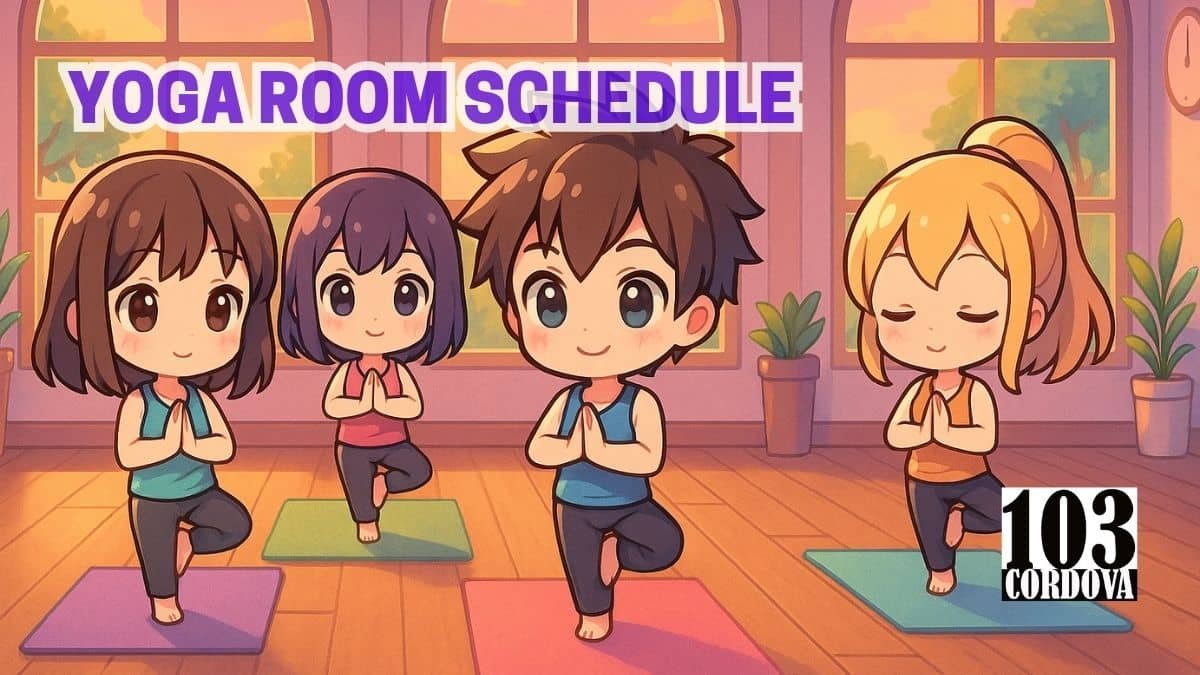Creating a solid yoga room schedule is one of the best ways to keep students coming back.
A good schedule helps people plan their day and makes it easier to choose a class that fits their time and needs.
Without a clear plan, even the best classes can stay empty.
People are more likely to attend when they know what to expect each week.
A smart schedule benefits both the students and the teachers.
1. Understanding Target Audience Demographics And Lifestyles
Start by learning basic facts about your students, like their age, work hours, and daily routines.
This helps you figure out when they’re most likely to attend class.
For example, parents may prefer mid-morning classes after school drop-offs, while office workers may come after 5 p.m.
Talk to your students or use a short survey to gather this information.
Knowing their lifestyle helps you build a schedule they can actually use.
🧘 How to Safely Practice Advanced Wheel Pose: Tips and Preparations
2. Offering Diverse Yoga Styles And Skill Levels
People have different needs and experience levels when it comes to yoga.
Some may want a relaxing class like yin yoga, while others might enjoy something more active like power yoga.
By offering a range of styles, you can attract more students.
Make sure classes are labeled clearly by level, such as beginner, intermediate, or advanced.
This helps people choose the right class and feel more confident.
🧘 Why Creating a Dedicated Yoga Breathing Room Can Transform Your Wellness Routine
3. Scheduling Classes During Peak Attendance Times
Pay attention to which days and times draw the biggest groups.
Early mornings, lunchtime, and evenings are often the most popular.
Use a sign-in sheet or a digital booking tool to track class sizes.
Once you know your peak hours, schedule your most in-demand classes during those times.
This increases attendance and keeps energy levels high in the room.
🧘 How to Choose the Perfect Ashtanga Yoga Mat for Your Practice
4. Maintaining Consistent Class Times Weekly
People are more likely to keep coming if they can stick to a routine.
Try to keep class days and times the same every week.
Sudden changes confuse people and can lead to missed sessions.
Consistency also makes it easier for students to form habits.
A steady schedule builds trust and helps students plan their week better.
🧘 What Makes Bikram Yoga Positions and Benefits Unique Compared to Other Yoga Styles?
5. Incorporating Student Feedback For Improvements
Ask students what they like and what they’d like to change.
You can use a simple form, short polls, or just ask after class.
Be open to suggestions about class times, types, and even room temperature or lighting.
Use this feedback to make small adjustments that show you care.
When students see that their ideas are used, they feel more connected.
🧘 How Somatic Yoga Therapy Enhances Mind-Body Awareness for Holistic Healing
6. Utilizing Technology For Scheduling And Bookings
Digital tools can help manage your yoga room schedule with less stress.
Use a booking app or website where students can see the class list and sign up easily.
These tools can also send reminders and show real-time class sizes.
This makes things more convenient for both the studio and students.
A simple system keeps everyone informed and on track.
🧘 How Chair Yoga Teacher Training Can Transform Your Teaching Skills and Student Engagement
7. Balancing Class Duration And Frequency
Some students prefer short sessions that fit into a lunch break, while others want longer, deeper practices.
Offer a mix of 30, 60, and 75-minute classes.
Be careful not to add too many classes, which can stretch instructors too thin.
Think about spacing classes so there’s time for setup, rest, and cleanup.
A balanced schedule helps avoid stress for both students and teachers.
🧘 Does Yoga Tone Your Body? How to Maximize Yoga for Physical Toning
8. Aligning Instructor Availability With Expertise
Every teacher has different strengths, like teaching beginners or leading high-energy flows.
Match them with the right classes so students get the best experience.
Also, talk to instructors about when they’re available and when they feel most alert.
Avoid scheduling them during times that don’t work with their lives or energy levels.
When instructors feel supported, their teaching improves.
🧘 How Do Ashtanga Yoga Schools Structure Their Teacher Training Programs?
9. Providing Hybrid And Accessible Class Options
Offering both in-person and online classes helps more people join.
Online classes are helpful for those who live far or have limited time.
Make sure the studio space is easy to reach and friendly for people with different needs.
Consider recorded sessions for people who can’t join live.
Flexibility allows more students to stay committed.
🧘 Unlock the Mysteries of Yoga Practice
10. Promoting Special Events And Attendance Incentives
Host special classes like “Glow Yoga” or “Yoga for Back Care” to add variety.
Give small rewards like free passes or water bottles for attending multiple sessions.
These events break the routine and make classes more exciting.
Let students know about these events through posters, emails, or your booking app.
Short-term extras can lead to long-term loyalty.
💡 Conclusion
A clear and flexible yoga room schedule helps everyone stay engaged.
Keep checking in with students and reviewing attendance data to see what works.
Small changes can lead to better turnout and happier students.
Stick with what’s effective, but stay open to new ideas.
A strong schedule is a key part of a successful studio.
🤝 Our Services
Join our yoga classes at 103 Cordova Activity Space, open to all ages and fitness levels.
We’re located at 103 Cordova Tower, Marquinton Residences, Cirma Street, Sto. Nino, Marikina City.
Our friendly teachers make sure each session is fun, safe, and easy to follow.
For more info, message us on Facebook or use the contact form on our website.
You can also call us at 0917-622-5780 to book a class today.

